#alaus oculatus
Text
Eyed Elaters (Alaus)
eyed elater click beetles, like this Alaus oculatus from Florida, are the biggest click beetles (Elateridae) found in temperate North America.
Click beetles are best known for their eponymous clicking ability- a sort of elastic locking mechanism on their thorax can snap open with a loud clicking sound, which helps them startle or escape the grasp of predators and allows them to launch themselves into the air when overturned (you can see that in slow motion at the end of the video)
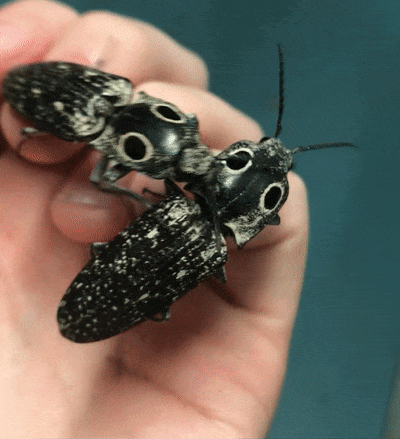

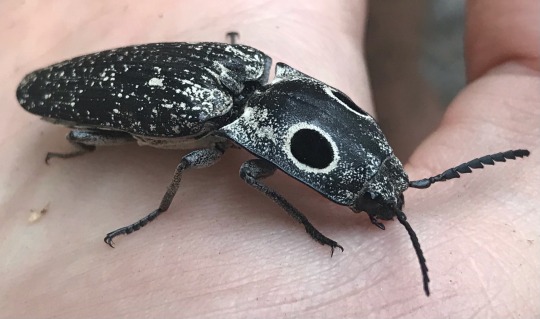
(more elating click beetle trivia below!)
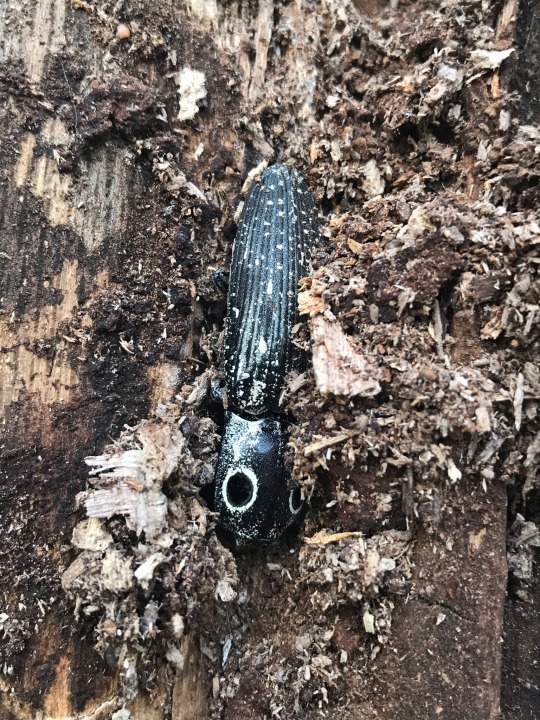

They live around decaying trees and logs, the adults feeding on sap flows and other sugary liquids while the predatory grubs use their powerful jaws to tunnel in search of other wood-dwelling insect larvae to devour (by contrast many smaller click beetle larvae, often called wireworms, feed on rotting wood itself or other plant matter). To rear these beetles in captivity it’s necessary to keep the larvae in containers made of a hard material like glass, as they’ll chew through plastic and escape (I learned this the hard way the first time I found and attempted to raise a grub).
There are 6 Alaus species in the US, the largest of which can be over 5 cm long. Two are found in forests along the east coast- A. oculatus, the eastern eyed elater (below, left) and its smaller relative A. myops, the blind elater (right).


Even though the larvae don't feed directly on decaying wood, different Alaus species prefer different trees- oculatus breeds in dead oaks and other hardwoods, while myops found in the same habitats only use well-rotted pines.
#beetles#elateridae#click beetle#coleoptera#Alaus#eyed elater#Alaus oculatus#Alaus myops#bugs#bugblr#entomology#insects
2K notes
·
View notes
Text
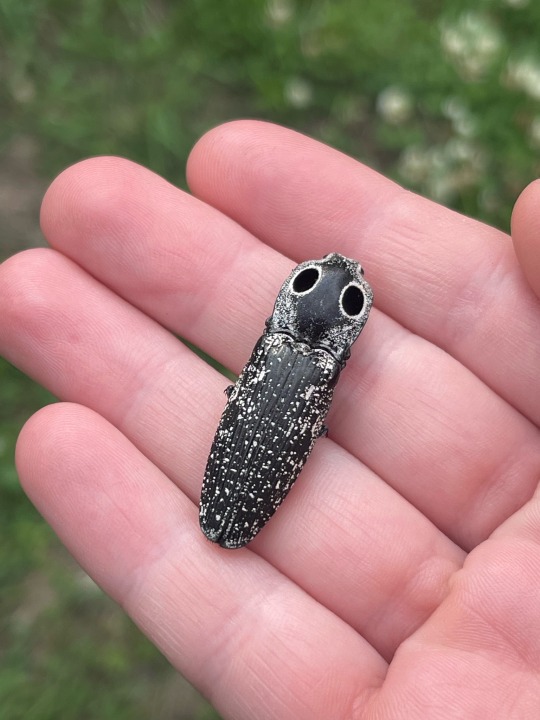
babygirl you mean everything to me
#bugblr#bug#insect#beetle#eyed click beetle#eastern eyed click beetle#Alaus oculatus#personal#findings
48 notes
·
View notes
Text

✨cool bug facts's✨
Alaus oculatus/Eastern eyed click beetle
🥺💖Shutterstock💖🥺
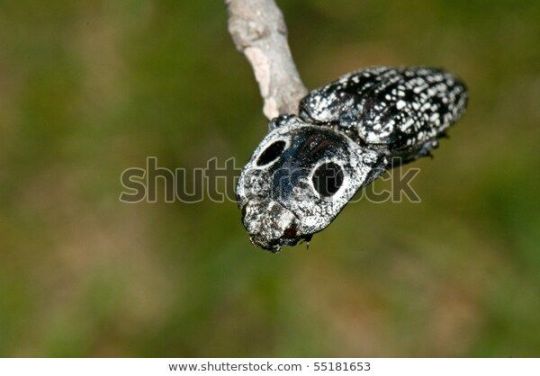
✌😘✌
These are the acrobatic N-zis of the beetle world!
The anatomy of these fantabulous insects!
They have large have fake eyes on their backs that shine during the night, which causes predators to only see the large eyes and think they are much larger than they actually are.
They do, in fact, have antennae, but in this image they have their antennae tucked under themselves. They have thread-like antennae. (Beetles antennae come in three different shapes, thread-like, comb-like, and club-like.)
They are very flexible, and when they feel threatened they will bend their head and thorax backwards and then snap back into place so fast that they let out a clicking noise (Hence the name.) and go flying four times their body length into the air.
It may not look like it, but they do have very powerful mandibles, so do be careful while picking them up, and always wear gloves.
The males have longer antennae than females.
The males are also lighter in color than the females.
Diet.
The larvae have a bit of complex, and will eat other larvae of beetles they consider to be inferior, although many of the insects they consider to be inferior are often harmful to crops, although the A. Oculatus will also eat your crops, as they are very much hypocrites.
The adults eat nectar and plant juice.
Behavior.
They are nocturnal.
They can make specific vibrations and signs to communicate with either other A. Oculatus', or just similar species to them.
The females will also produce specific scents when they are trying to attract a mate.
And, of course, they seem to think they're better than flies and wood-boring beetles.
Habitat.
They are California girls.
They are present in central, eastern, and north America.
They live in Deciduous forests.
The pregnant females, like Stag beetles, either burrow underground to lay their eggs, or go for the deadwood logs.
They are also Texan cowgirls.
(Note: They can, obviously, also be California boys/Texan cowboys, but I find it comedic to refer to everything as female.)
#bug#beetle#insect#eastern eyed click beetle#alaus oculatus#entomology#coleopterology#bugblr#cool bugs#cool bug's#cool bug facts#cool bug fact's#They have very pretty eyes
4 notes
·
View notes
Note
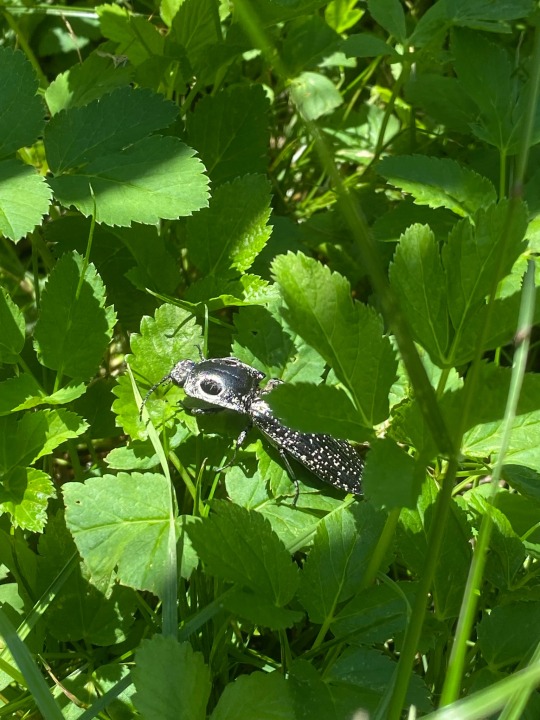

i just saw this big bug (big as my thumb) in my yard and I've never seen it before! Could you please help me identify it?
Alaus oculatus, the eyed elater. one of the largest click beetles in the US
158 notes
·
View notes
Text
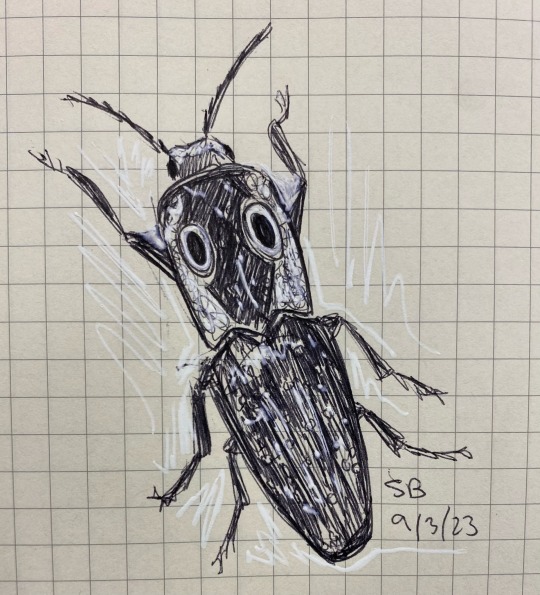
septembug prompt 2 - "forager"
eastern eyed click beetle, Alaus oculatus
62 notes
·
View notes
Text


eastern eyed click beetle, Alaus oculatus (Elateridae)
55 notes
·
View notes
Text
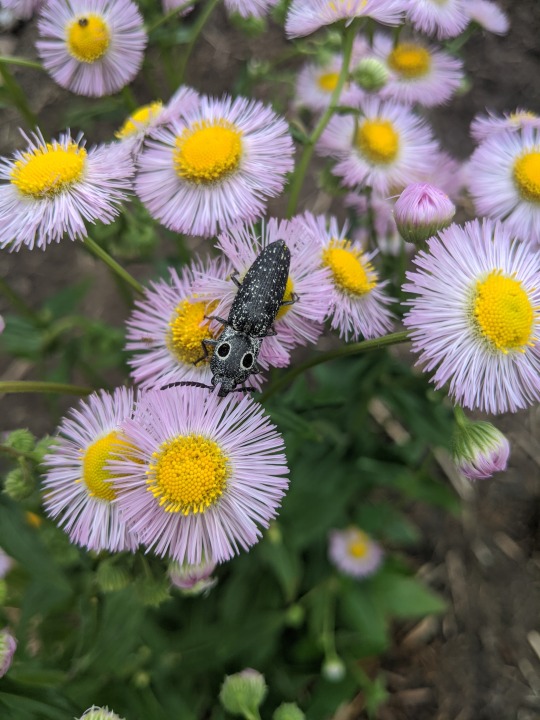
Found this eyed elater (Alaus oculatus) on my desk at work today and took it outside into the garden.
289 notes
·
View notes
Photo

Eastern Eyed Click Beetle (Alaus oculatus)
Taken at Turkey Creek Sanctuary in Palm Bay, FL
#eastern eyed click beetle#click beetle#beetle#bugs#insects#florida#florida photography#photography#nature photography#nikond3500#turkey creek sanctuary#turkey creek#sanctuary
2 notes
·
View notes
Text
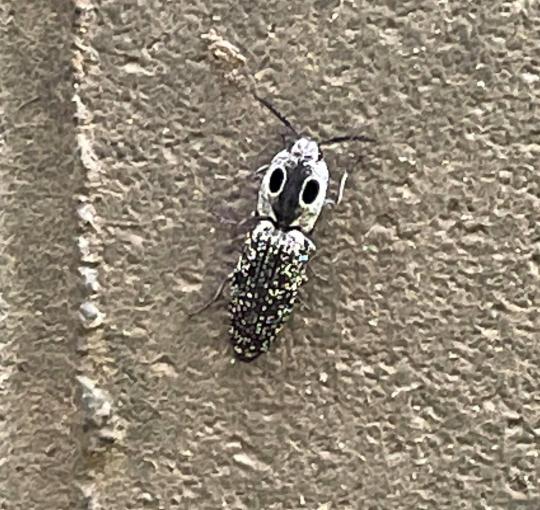
Eastern eyed click beetle; Alaus oculatus
This bro was massive; the length of my thumb at least. Had no idea there were click beetles that could get that big.
Click beetles have an interesting ability; they have an organ on their underside that can be loaded to build up the energy needed to launch them into the air to right themselves if they end up their backs (and it frightens predators, too!). They get their name from the distinctive "click" noise the organ makes when it unlatches.
-----------------------
Check out my art blog: bugbeast.me - I just released a card game, and you can play it with a normal deck of cards!
#bugbeast#entemology#bug facts#bugs#insecta#insects#arthropoda#arthropods#bugblr#photography#nature#nature photography#animals#cute animals#cute bugs#cool bugs#beetles#click beetle#eastern eyed click beetle#elateridae
2 notes
·
View notes
Text
click beetles are truly romantic creatures 😍
#alaus oculatus#eyed elater#click beetle#coleoptera#beetles#elateridae#bugs#bugblr#insects#entomology
516 notes
·
View notes
Text


Eastern eyed click beetle | Alaus oculatus
#found this guy while hiking and i love him so much#mine#nature#insects#bugs#beetles#click beetle#animals#coleoptera
17 notes
·
View notes
Note
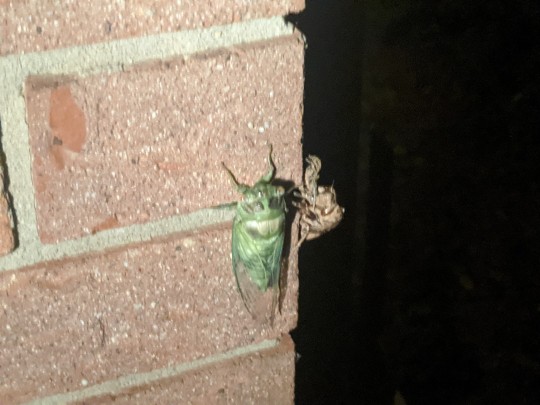
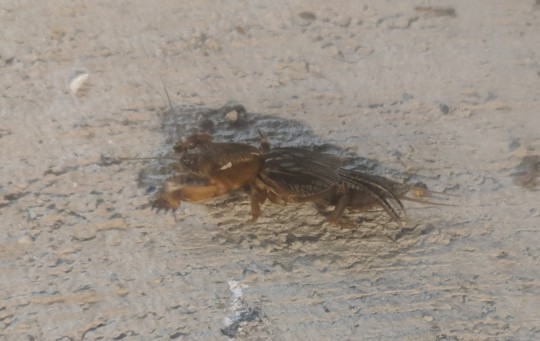



Did someone say cool bug pictures??
Have:
A cicada fresh out of it's shell
A mole cricket!
A water bug, that apparently has a very painful bite, that I didn't even realize lived around here
An unidentified eyeball beetle!
Moth friend!! (It landed on me while I was waiting on the dock at work lol)
AHHH they’re so so amazing!!! look at the cicada 🥺❤️ and the mole cricket!! Just like animal crossing ☺️❤️ also I’m glad you didn’t get bit omg and I think the eye beetle is an eastern eyes click beetle/eyed elater (Alaus Oculatus) maybe?
and you’re so lucky!! your little moth friend is so tiny 🥺❤️❤️
it could be a scalloped oak moth? (Crocallis elinguaria) but from what I can find they’re native to Europe and I’m not sure if you’re from Europe 😂 but either way so so pretty ❤️
Thank you so much for sharing these! I love them
8 notes
·
View notes
Text

Alaus oculatus, commonly called the eastern eyed click beetle or eyed elater, is a species of click beetle.
Alaus oculatus can reach a length of about 25–45 millimetres (1.0–1.8 in). They have an elongated body, black in color throughout. The pronotum exhibits a large oval patch of darker scales, framed in white, on each side - the common name of the beetle derives from this feature.
1 note
·
View note
Text

Eastern-eyed Click Beetle (Alaus oculatus)
I found her on my back porch :)
#beetle#bugs#click beetle#eastern eyed click beetle#black and white#insects#beetles#false eyespots#eyespots#bug#wings#wildlife#nature#my backyard#mine#my photo#eye elater#Alaus oculatus
6 notes
·
View notes
Text
bye
347 notes
·
View notes
Video
Eyed Click Beetle by Patrick Coin
Via Flickr:
Alaus oculatus found flying around in my yard in the afternoon, right after a front came through with heavy rain. It was so shiny--perhaps it was freshly emerged from the pupa.
#insect#beetle#coleoptera#Elateridae#Alaus#Alaus oculatus#Eyed Click Beetle#North Carolina#Piedmont#Canon EF-S 60mm f/2.8 Macro USM
3 notes
·
View notes
